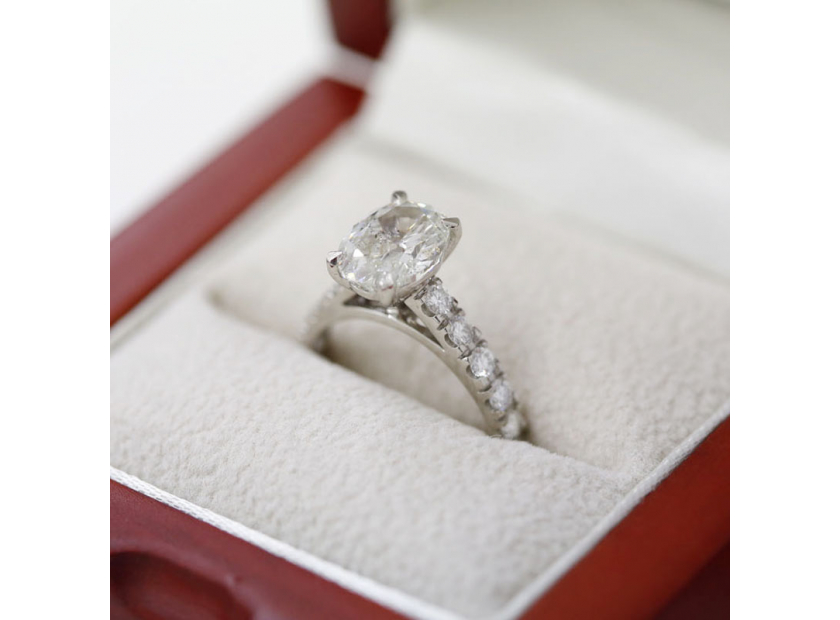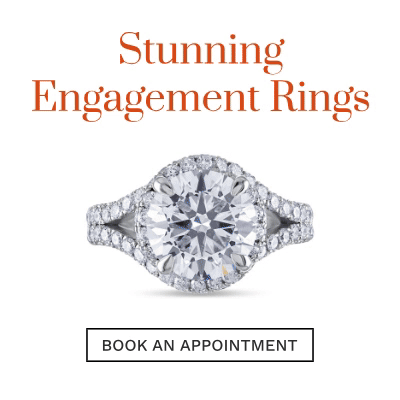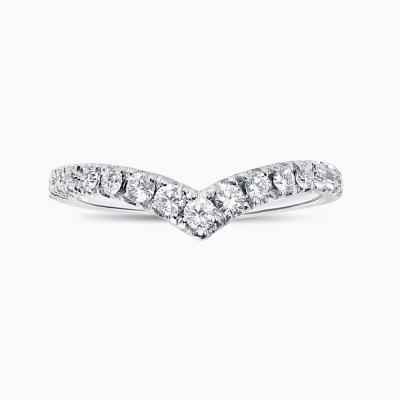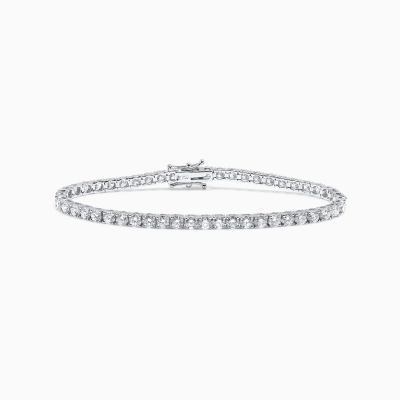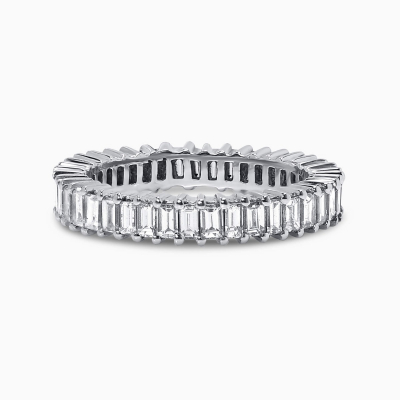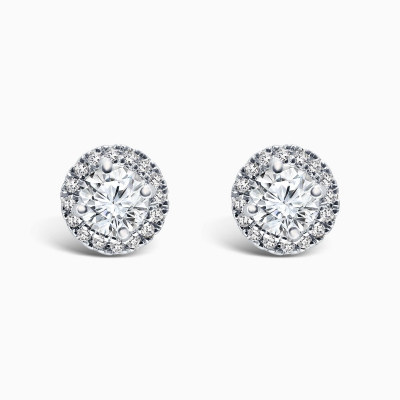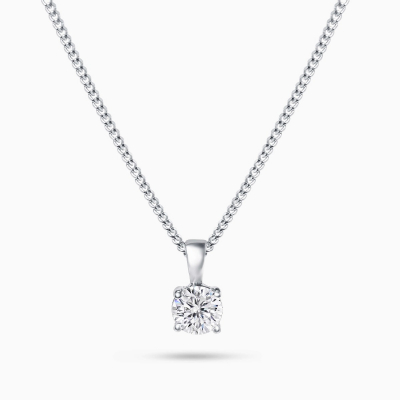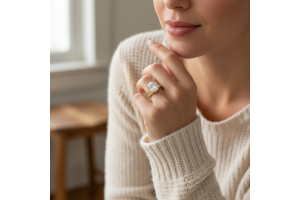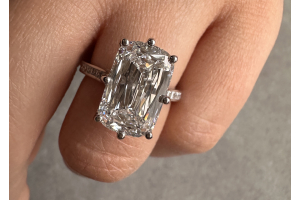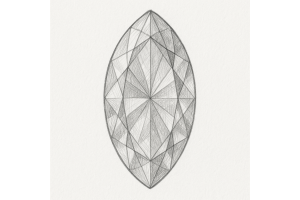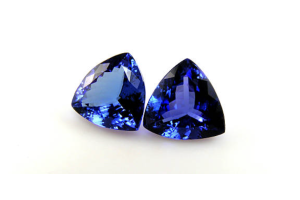USD
/
USD
/
Shipping to:
Currency:
How Many Carats Should An Engagement Ring Be?
Posted:
December 23, 2017
5 min read
Getting engaged is a major commitment and for the person making the proposal there are many things to think about. The most obvious is finding and buying the perfect engagement ring and this can be a minefield as engagement rings come with unique financial and emotional expectations. One of the most often asked questions by our customers is ‘how many carats should an engagement ring be?' The reason for this question tends to be that carat is commonly associated with both the size of the diamond and its price. Couple this with a keenness to meet a woman's expectations and you can have a dilemma on your hands as deciding how much to spend rests in striking a balance between dazzling your beloved without tarnishing your future financial goals together.
What's does the term Carat mean?
A carat is a metric unit of weight equal to 0.20 grams, and is used as the standard unit of weight of diamonds and most other gems and pearls. It is an indication of the size of the diamond when it is loose i.e. not mounted within a ring or other piece of jewelry. If other factors are held equal, the more a loose diamond weighs, the more valuable it will be as prices are expressed as a price per carat. The Carat weight has the biggest impact on the price of a diamond e.g. a two-carat diamond will be priced at more than double that of a one-carat diamond. The vast majority of consumers have the common misconception that a larger carat weight signifies a bigger better diamond engagement ring, however for jewelry experts size is less important than the quality of the diamond, meaning that large carat weight alone does not always signify a better diamond ring.
What is the average carat size for an engagement ring?
The average diamond carat size (and therefore price) fluctuates from country to country. For example, in America the average diamond carat weight is 1.0 carat, in China and Europe it is 0.5 carats, and in the US the average weight of a diamond in an engagement ring is 0.9 carats. Perhaps the reason for this is that in these social media and celebrity obsessed times there is a lot more emphasis placed upon the size of the diamond, and this is being seen as an indication of a person’s love and commitment. For some this makes them almost ashamed to give a smaller diamond, especially when it is open to public comparison/possible criticism with the rings worn by friends and family on social media sites such as Instagram and Facebook
Explore Our Collections
Should carat size influence my choice and my budget?
Good advice would be to not let the carat weight of a diamond influence have any influence over your budget. Set a budget that you can comfortably afford without compromising yourself and do not to attempt to reach the average carat size if you do not have the financial means to do so. After all your chosen engagement ring is a symbol of your love and a new life together so starting out with the milestone of debt through buying an engagement ring isn’t a good idea, plus you can always upgrade at a later date! In addition, you may also find yourself sacrificing the clarity of the diamond to achieve a higher carat weight and therefore risking the quality of the diamond which could, as a result, be quite poor. We always recommend buying a smaller diamond with a much better quality of cut as this factor determines how brilliant and sparkling the diamond will be. After all a stunning sparkling diamond can hide inclusions, disguise color and even give the illusion of looking larger. Two diamonds with the same carat weight can appear to be different sizes depending on the depth or shape of their cut. If a diamond is cut very shallow, it has more surface area and so may appear larger, but it would lack depth and sparkle, and it would receive a poor cut grade.
How do I choose the best engagement ring for my money?
We understand that you will want to buy the largest diamond engagement ring that you can afford – that is only human nature of wanting to meet, or even exceed, your bride-to-be’s dreams and expectations. But we strongly urge you NOT to make the sacrifice of quality just to buy a ring with an extra 0.2 of a carat and we would like to suggest a few ways in which you can buy the best diamond engagement ring for your money with no compromise to quality:
- Ensure that you buy a diamond engagement ring with the best cut that you can afford within your budget. We cannot over emphasise how important cut is in determining the brilliance of a diamond. Always remember that even the highest quality diamond will not meet its potential in terms of brilliance and shine if the cut is poor. It will just appear as a dull relation! Choosing the best cut means that you can make savings on the other factors of clarity and color.
- To save money one of the best ways is to select a diamond that is graded lower in clarity. The naked eye will not see the vast majority of flaws or inclusions in a diamond. You could save a substantial amount of money by choosing SI1 or SI2 diamonds.
- Think carefully about the metal that you are choosing for the engagement ring band and setting. Choosing yellow gold, which is predicted to be very on trend in 2018, or rose gold, will make a saving over platinum or white gold.
- Choosing a diamond that is graded lower in color will also allowing for huge savings. Most diamonds have slight tints of yellow, which are often impossible to see with the naked eye, and since most tints are extremely difficult to see, a higher grade for color does not make much difference in quality. It can, however, make a huge difference in price. So, to save money choose diamonds rated H and G which are considered white, with G representing the top-quality white. Note that, while these diamonds appear completely colorless, they do have a light-yellow tint against a bright white background. That said, this tint disappears when set into a metal band, as no metal is solid white. Though still white or colorless against most backgrounds, J - M diamonds run from "top silver" (J) to "light cape" (M), a cheaper silver coloring. When set on a colored band like yellow gold, they appear colorless, though they may have a tint on whiter metals like platinum.



